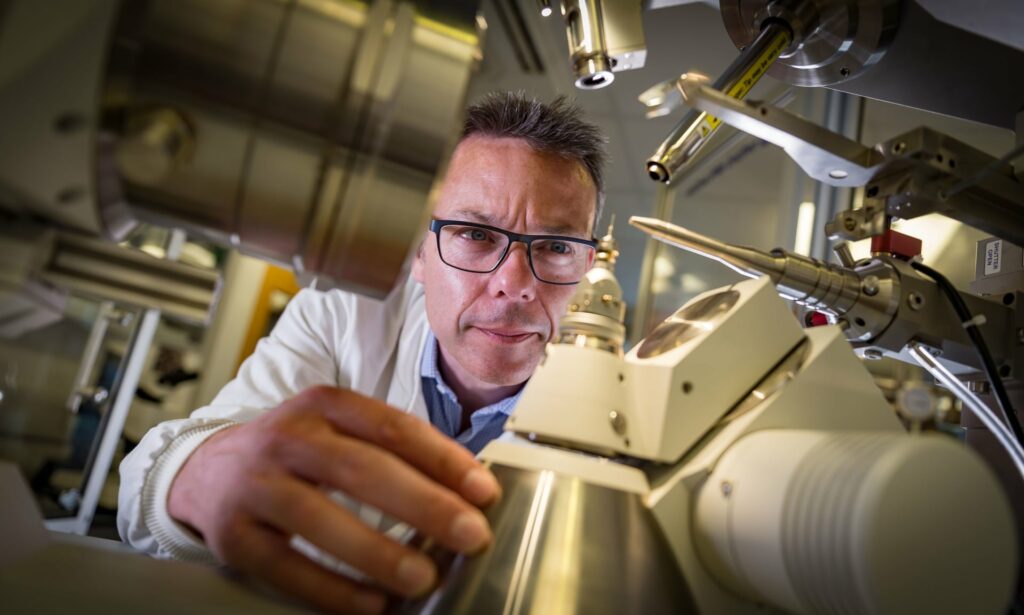To say that plastic is a big problem is an understatement. Every corner of the Earth has been tainted with this pollution — we may not realize it, but we are even eating plastic. But scientists are not idling around.
A team of researchers has created enzymes that also eat plastic, but that’s actually a good thing. The enzymes degrade plastic six times faster than before and could soon be used for recycling or to tackle the global plastic crisis.

A group of researchers that had previously re-engineered a plastic-eating enzyme named PETase have now combined it with a second enzyme to speed up the process even more.
This could have big implications for recycling polyethylene terephthalate (PET), which is the most common type of plastic used in single-use products, the team explains.
“When we linked the enzymes, rather unexpectedly, we got a dramatic increase in activity”, said Prof John McGeehan, co-author, in a statement. “This is a trajectory towards trying to make faster enzymes that are more industrially relevant. But it’s also one of those stories about learning from nature, and then bringing it into the lab.”
McGeehan and his team found evidence that the bacterium Ideonella sakaiensis produces two enzymes that can break plastic down. The bacteria had first been discovered by Japanese scientists in 2016 when examining plastic items found in wastewater samples. Since then, researchers have worked to re-engineer the bacteria enzymes as a way to break down plastic mass.
The first enzyme the bacteria produces, PETase, can eat through solid plastic surfaces. PET is a chemical compound made up of molecules all tied together to form a complex structure, but when PETase gets onto the material, it breaks it down into simpler structures, including terephthalate (or TPA), bis(2-hydroxyethyl) TPA (or BHET), and mono-(2-hydroxyethyl) terephthalate acid (or MHET). In other words, the normally-unbreakable plastic gets broken down by the enzyme.
Back in 2018, the researchers engineered a version of the PETase enzyme, but it was only 20% more effective at degrading plastic than natural processes. But now, they have also created the second enzyme that the bacteria produce, which is called MHETase. The bacteria break down MHET into simpler forms, TPA and ethylene glycol.
The researchers looked at how these two enzymes reacted with pieces of plastic film in a lab setting. They found that without PETase around, MHETase doesn’t have any effect on the material. But the way the two work in trandem is much more promising: the enzyme combination can break down the plastic at a rate six times faster than naturally-occurring processes.
While this could change the way the world gets rids of plastic waste, it’is just one aspect of the plastic crisis. Creating the material, made of petrochemicals, is extremely polluting and climate-warming. So while the enzymes could reduce plastic pollution, a more holistic approach and sustainable should also be considered. Simply put, it’s not just about breaking down the existing plastic — we should not make so much of it in the first place.
The study was published in the journal PNAS.









